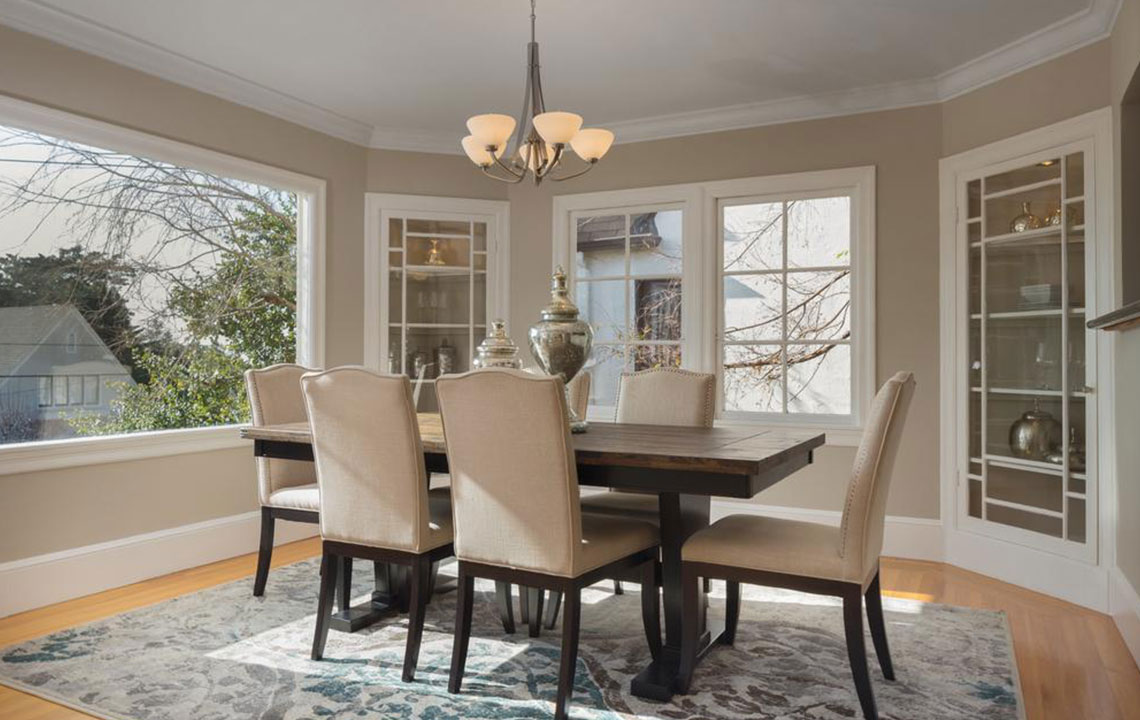Smart Strategies for Finding Budget-Friendly Apartments Under $400
Discover comprehensive strategies for finding budget-friendly apartments under $400. Learn how to leverage market insights, stay flexible, expand your search area, and time your move effectively to secure affordable, quality housing without compromises. Perfect for budget-conscious renters aiming for economical and comfortable living arrangements.

Smart Strategies for Finding Budget-Friendly Apartments Under $400
Securing an affordable apartment within a limited budget can seem daunting, especially in competitive urban markets where rental prices are soaring. For many individuals and families, finding a quality living space under $400 per month requires careful planning, strategic research, and a flexible mindset. Whether you're moving to a new city for work, education, or personal reasons, understanding the nuances of the rental market can help you discover accommodations that fit your financial constraints without sacrificing quality or comfort. This comprehensive guide details proven methods and practical tips to successfully locate and secure rental properties priced below $400, ensuring your living arrangements are both affordable and suitable for your lifestyle.
Understanding the Market: New vs. Old Buildings
One of the key factors influencing rental prices is the age and condition of the building. Newer apartments and condominiums often have promotional pricing due to their recent construction and modern amenities. Developers and landlords may offer reduced rates initially to attract tenants and establish occupancy quickly. These modern buildings are equipped with updated infrastructure, better energy efficiency, and contemporary fixtures, making them desirable options for budget-conscious renters seeking value without compromising on basic comforts.
Older buildings, while sometimes less aesthetically appealing, can also provide affordable options. Many older units have been renovated and maintained to meet current housing standards, often at lower rental costs because of their less central locations or dated interiors. These properties can offer a good compromise, especially if you’re willing to accept a bit of wear-and-tear for significant savings.
Flexibility Is Your Friend: Factors That Can Help Reduce Costs
Being flexible on various aspects of your apartment search can dramatically reduce your rental expenses. Consider opting for smaller units or sharing accommodations with roommates to lower individual costs. Furnished apartments, while seemingly more expensive, can sometimes be included in a bundled rent, saving you the hassle and expense of furnishing yourself. Additionally, adjusting your expectations regarding amenities or renovations might open up more affordable options.
Another way to cut costs is by being open to different layouts or less desirable features that do not compromise your basic needs. For example, living slightly away from the city's core can lead to substantial savings while still offering access to employment, education, and entertainment options.
Expanding Your Search Area
Premium neighborhoods tend to command higher rental prices, often exceeding your budget, especially if you aim for a place under $400. Broaden your search to suburban or less central districts where rental rates are typically more affordable. These areas may require longer commutes, but they often compensate with lower rent, larger space, and a quieter environment.
Utilize online rental platforms and local classifieds to explore options in emerging neighborhoods or towns at the outskirts of major cities. By doing so, you increase your chances of finding hidden gems that suit your financial plan.
Optimal Timing Means Better Deals
Understanding market timing can significantly improve your chances of securing a lower rent. Landlords often list new properties at specific times of the year based on market trends, holidays, or lease expiration cycles. Typically, the end of summer or winter can be an ideal time to search, as landlords may be eager to fill vacancies and thus offer more competitive pricing.
Furthermore, staying patient and consistent in your search allows you to take advantage of occasional price drops or last-minute deals. Building relationships with landlords and property managers can also give you an advantage, possibly leading to discounts or customized lease terms.
Preparing for a Smooth Move-In Experience
Before finalizing your decision, ensure you complete due diligence, including reviewing lease agreements, inspecting the property, and understanding all associated costs such as utilities or maintenance fees. Preparing your necessary documentation—such as pay stubs, references, and identification—will streamline the application process and reduce delays.
Additionally, consider negotiating aspects of the lease, like security deposits or lease durations, especially if you are a reliable tenant. Approaching the process with patience and flexibility can lead to better leasing terms and a more comfortable living situation.
In conclusion, finding an apartment under $400 is achievable with a strategic and well-informed approach. By understanding market dynamics, remaining flexible, broadening your search area, timing your move wisely, and preparing thoroughly, you can secure a quality rental that fits your budget. Remember that persistence and adaptability are key to navigating the often competitive rental landscape successfully.





